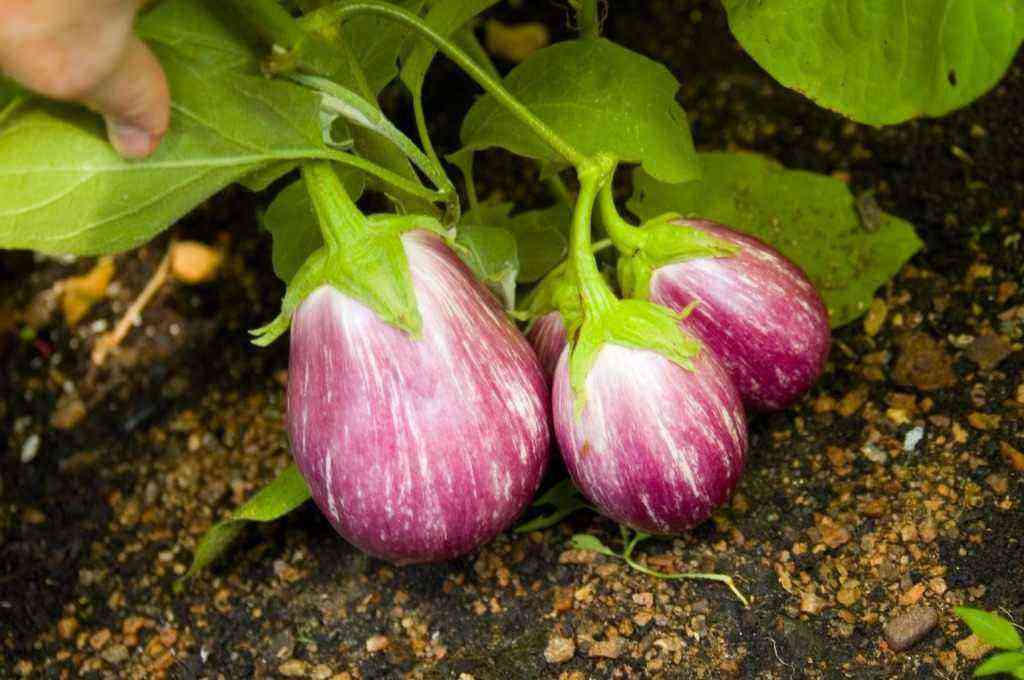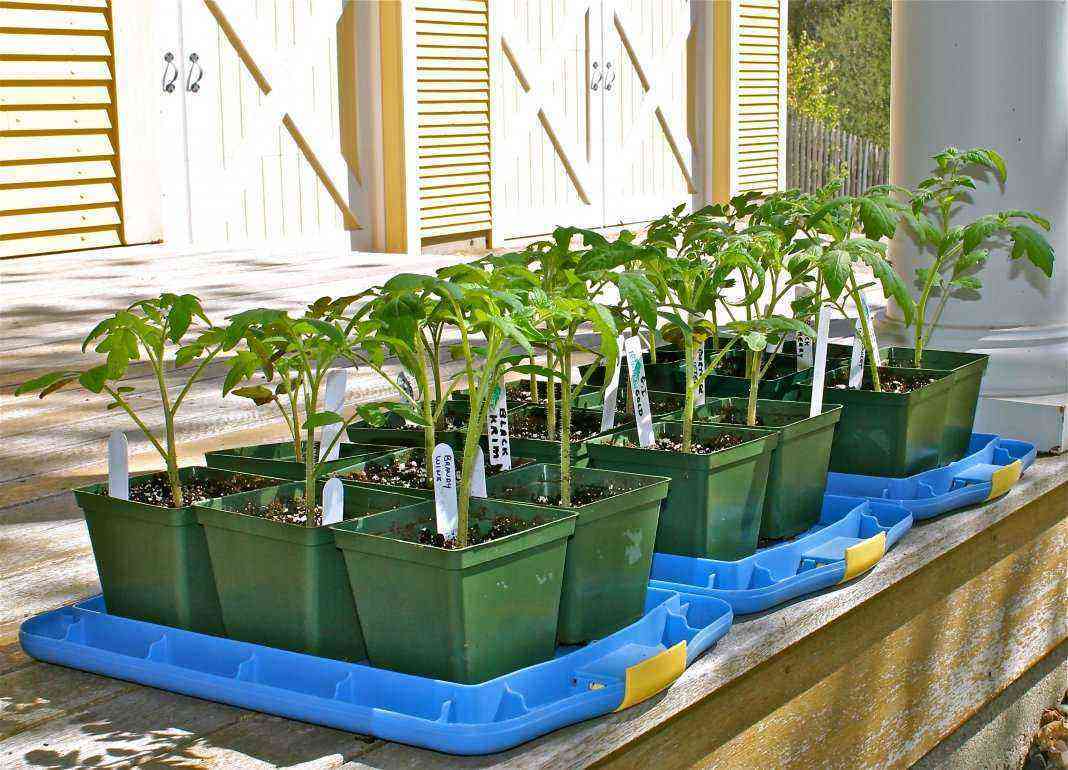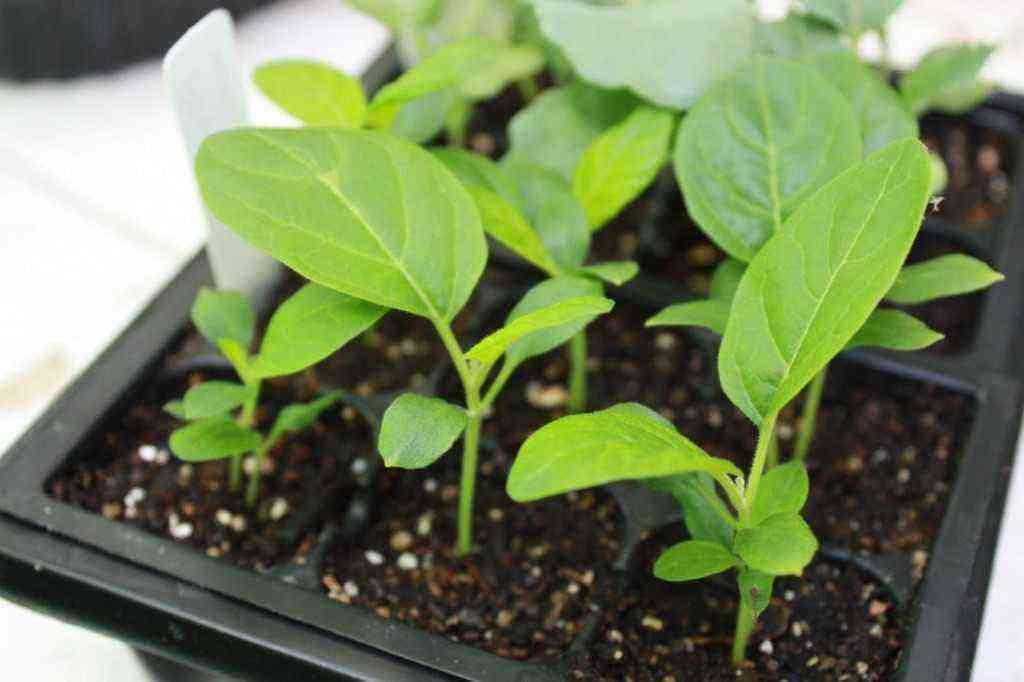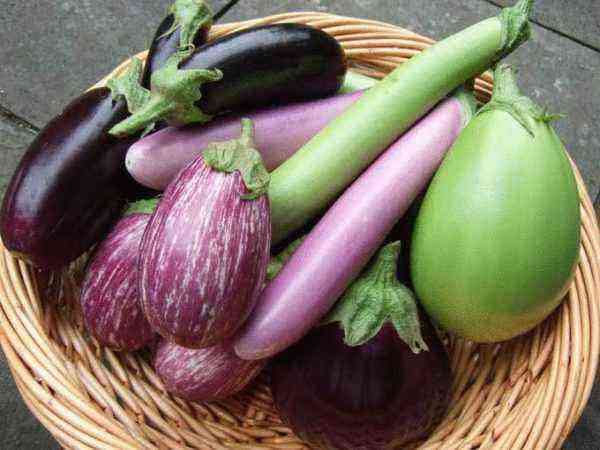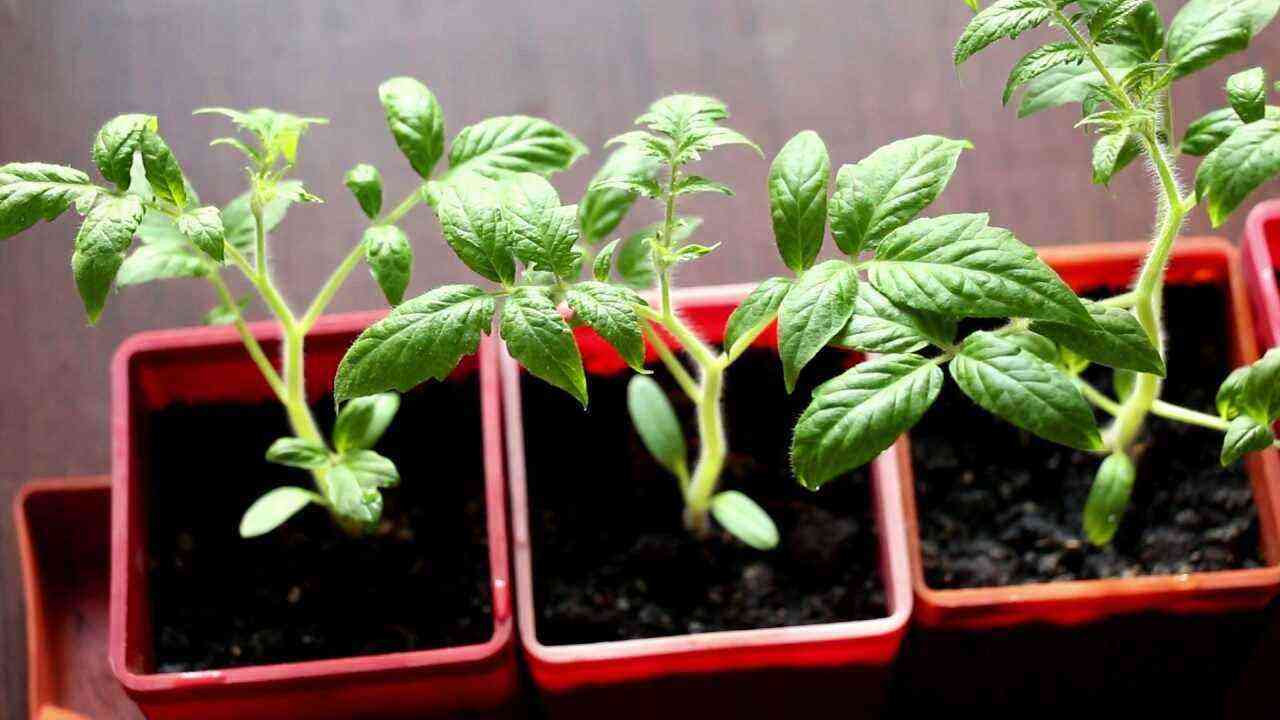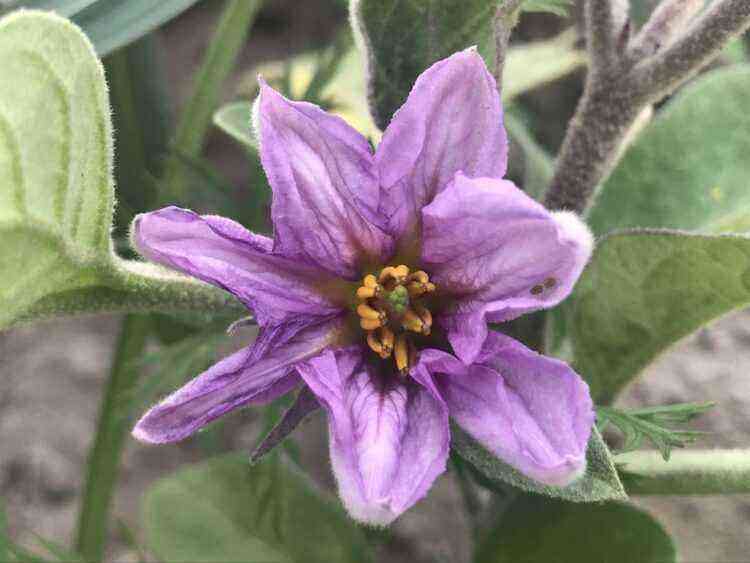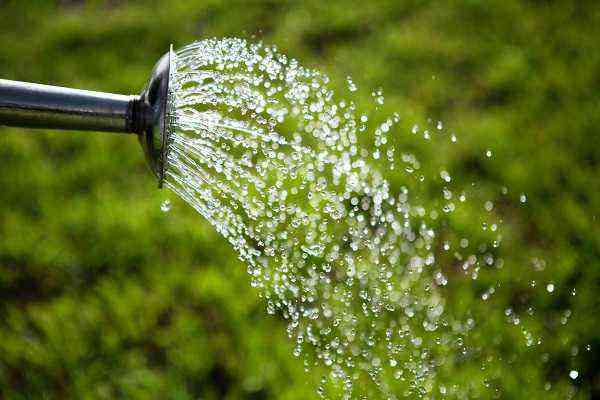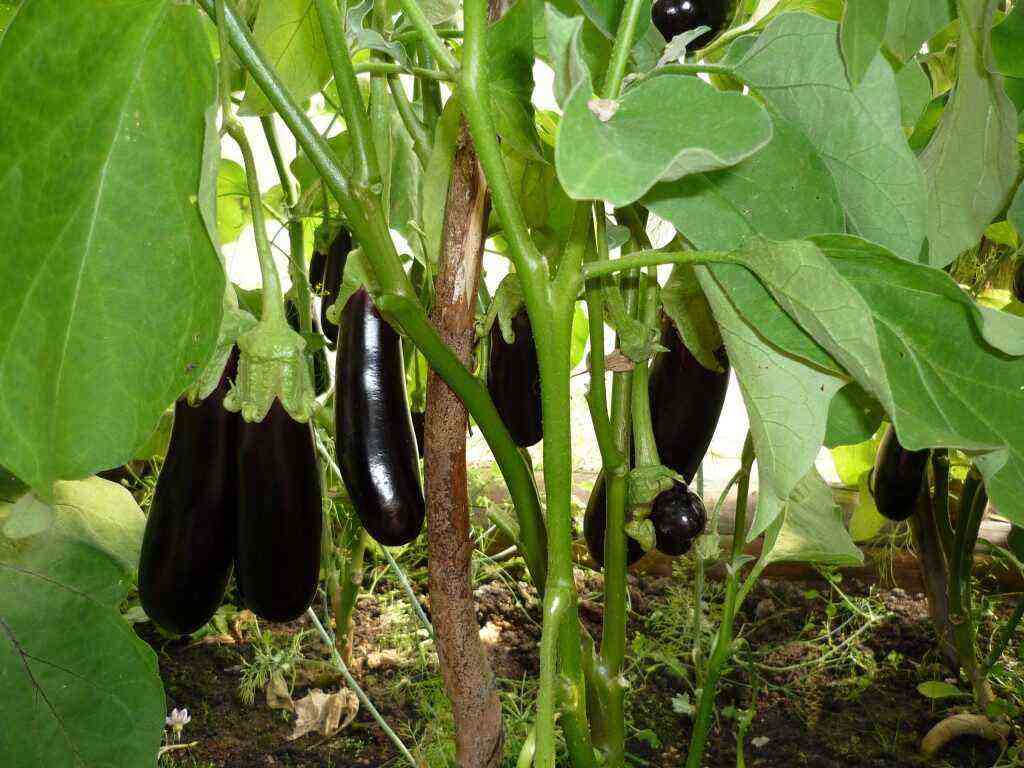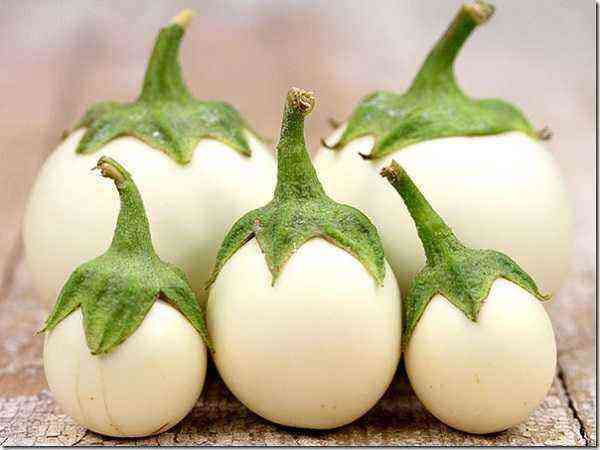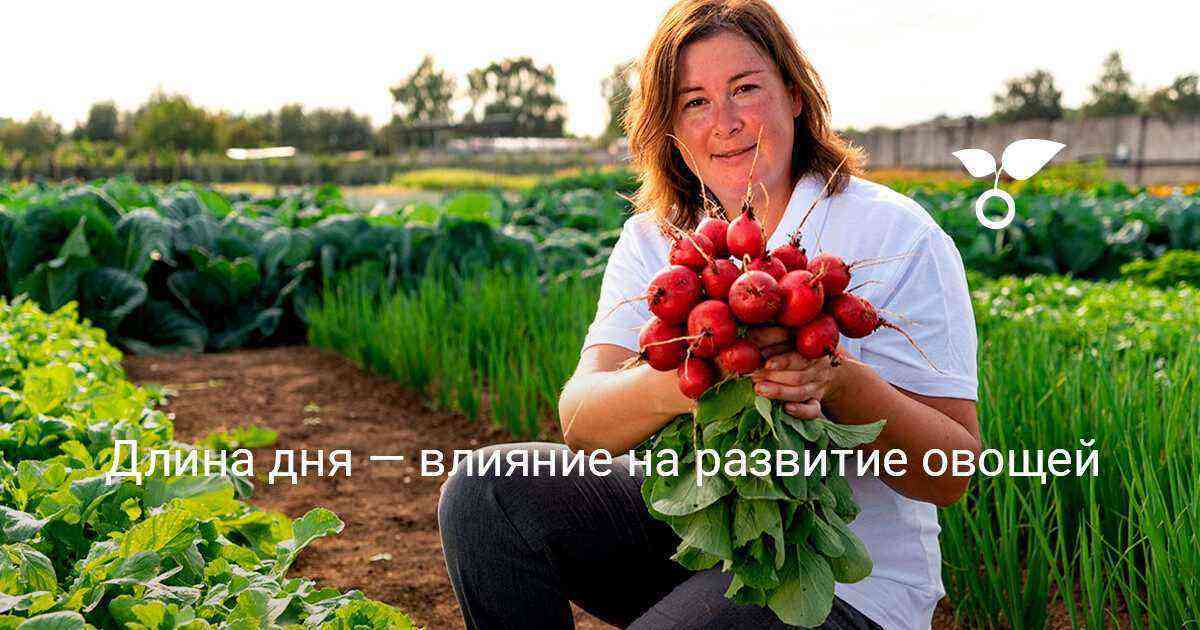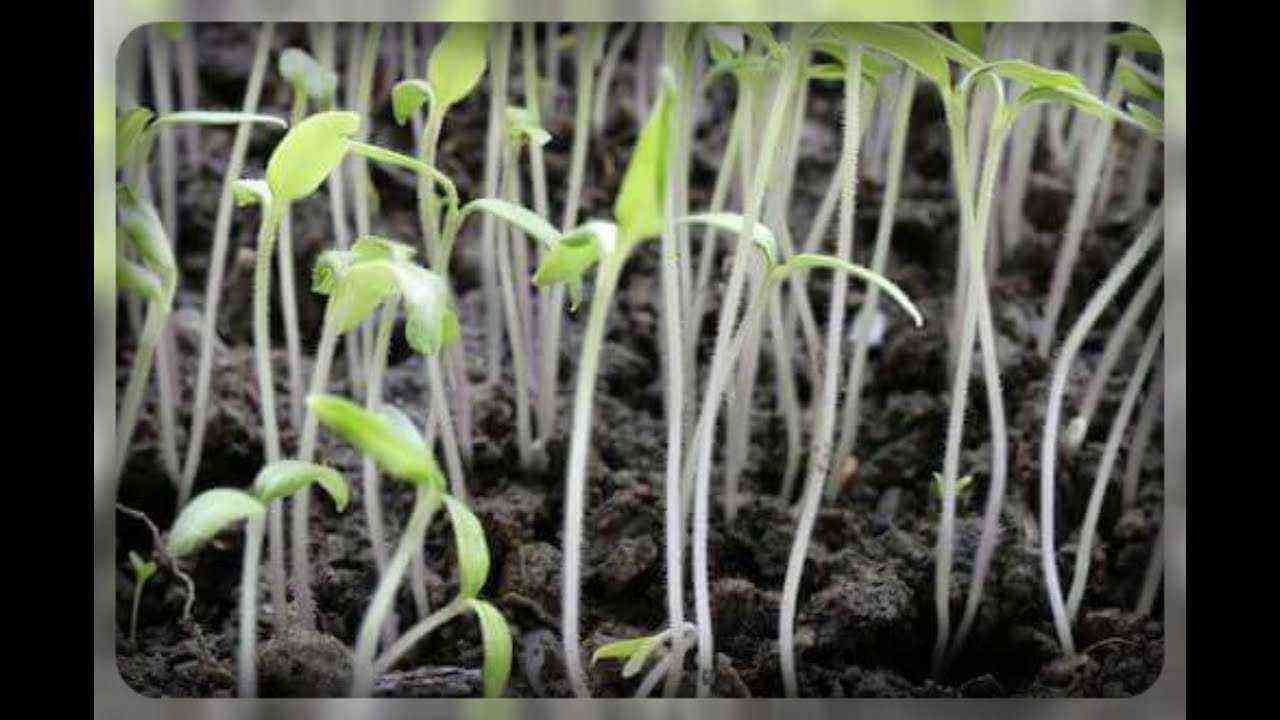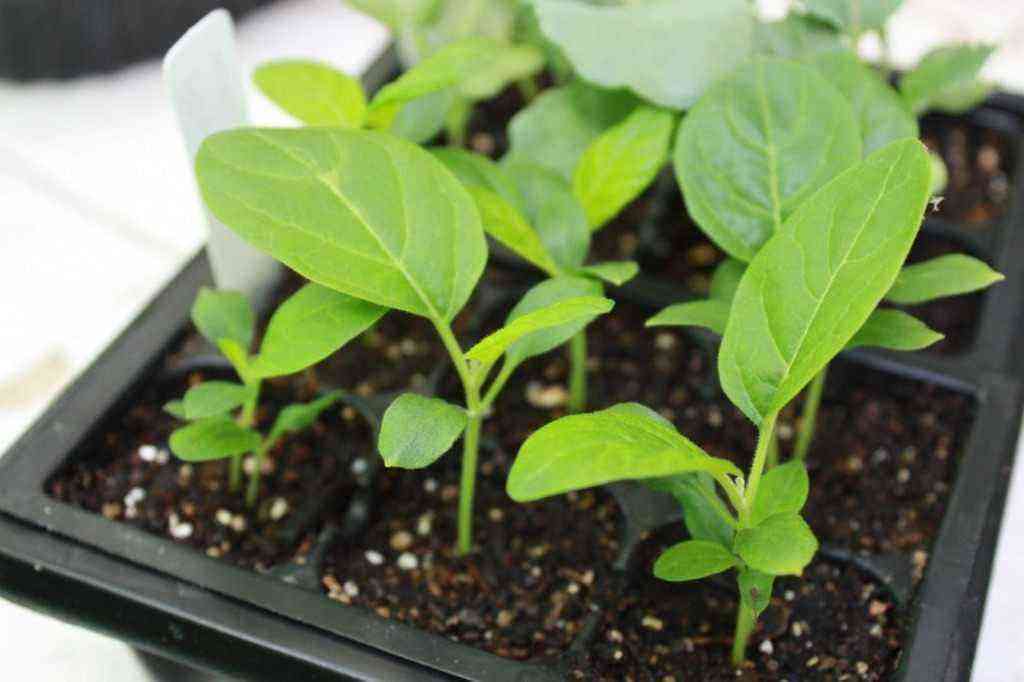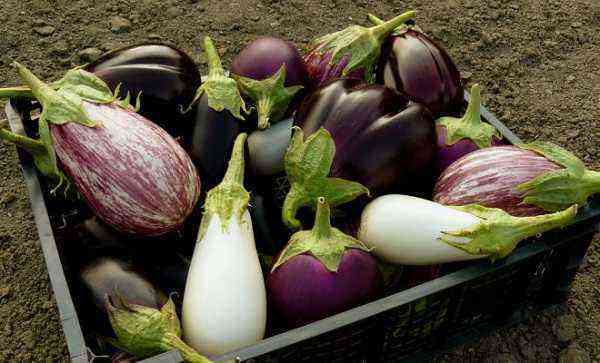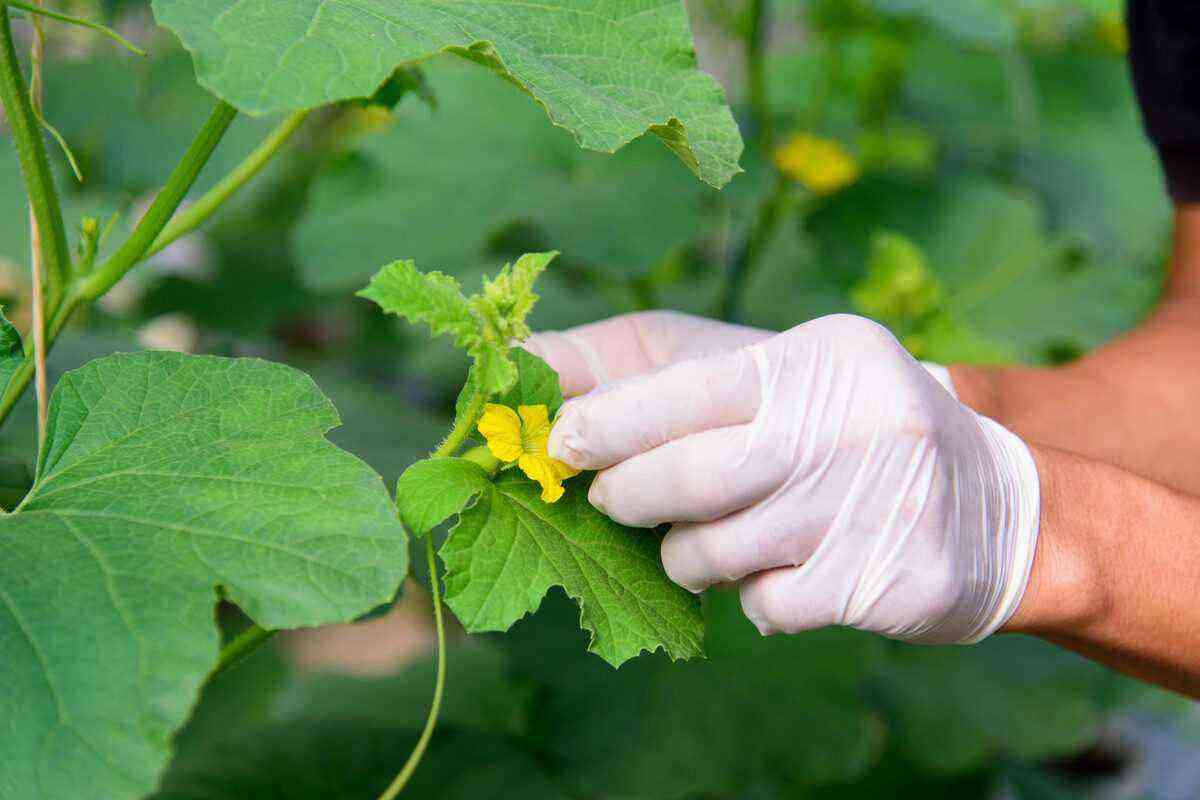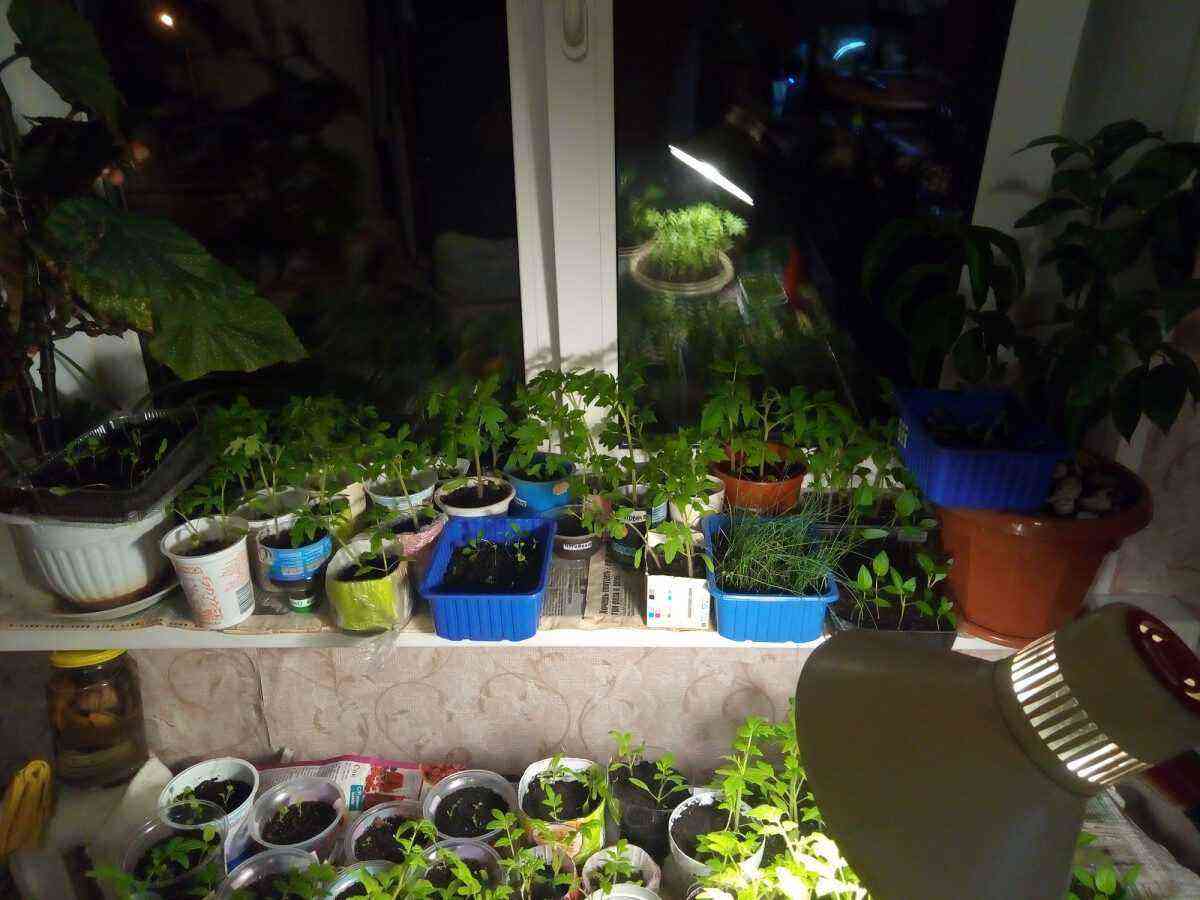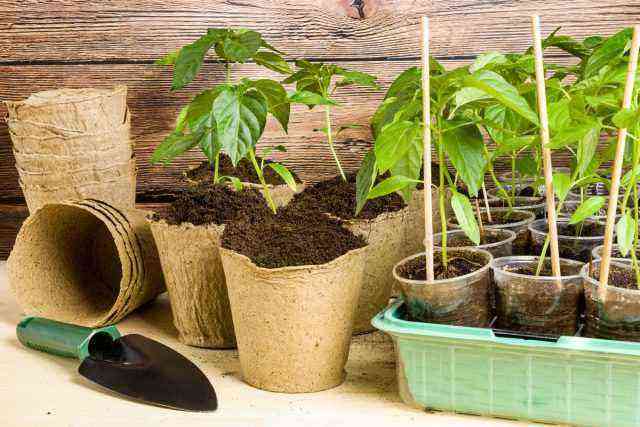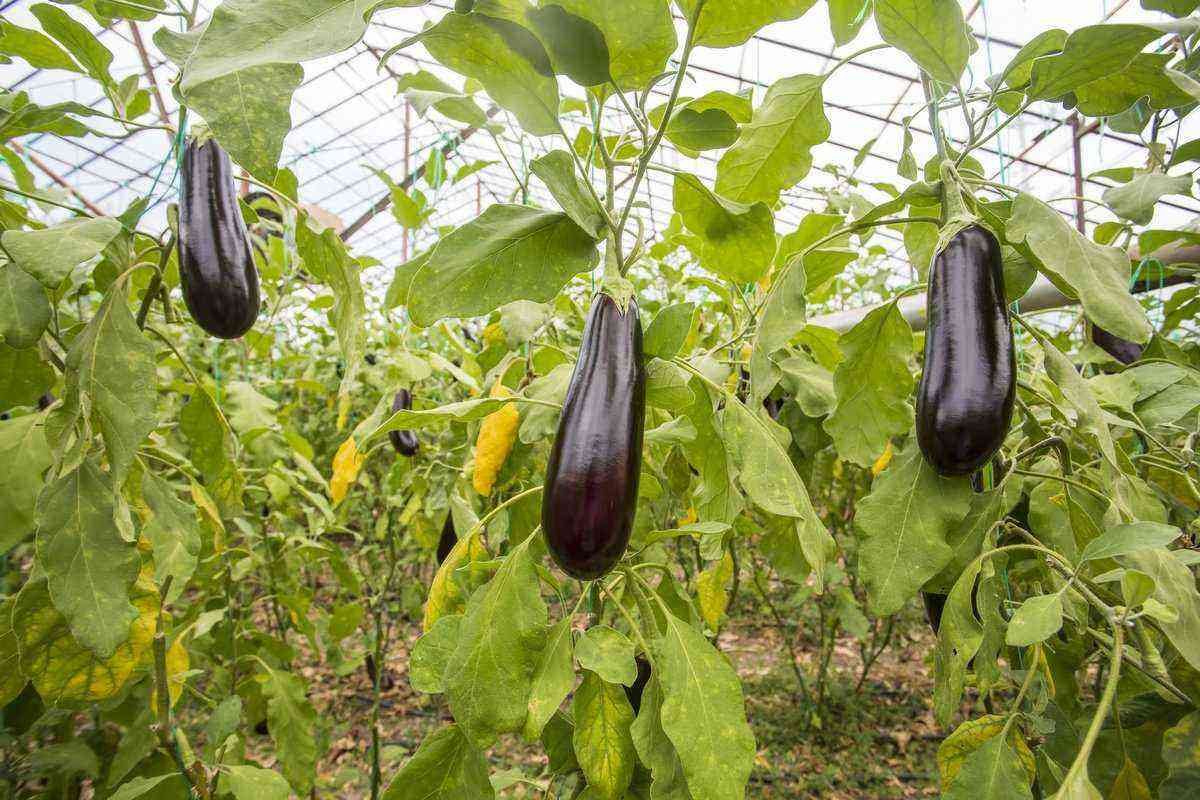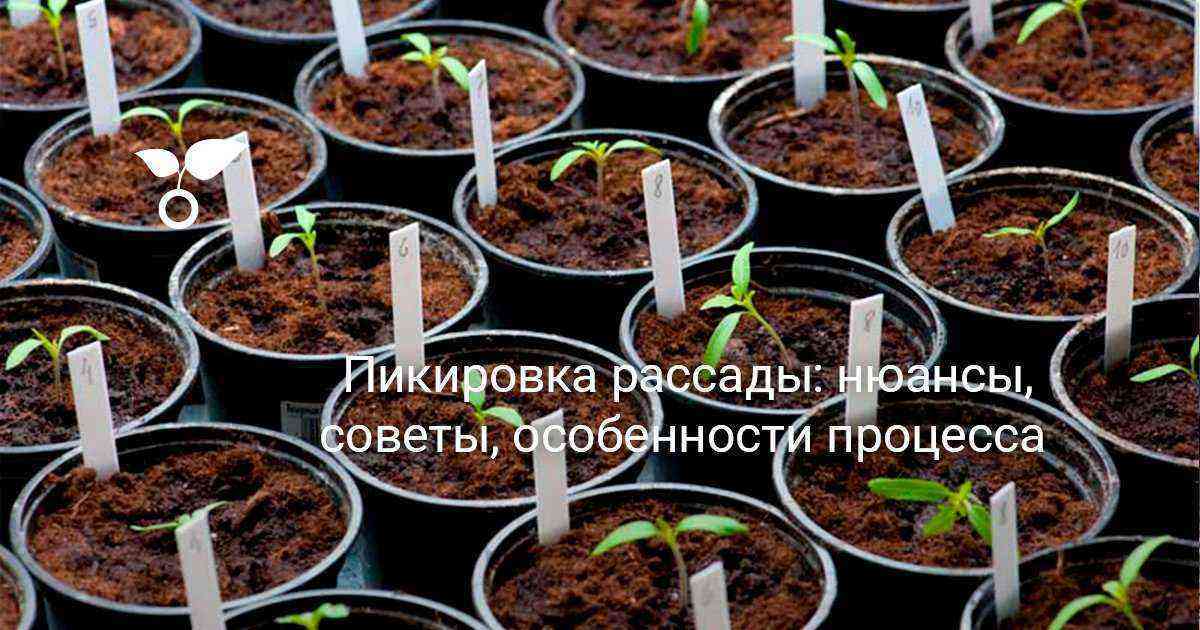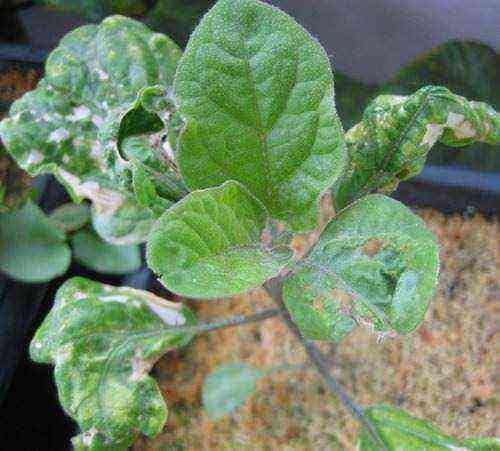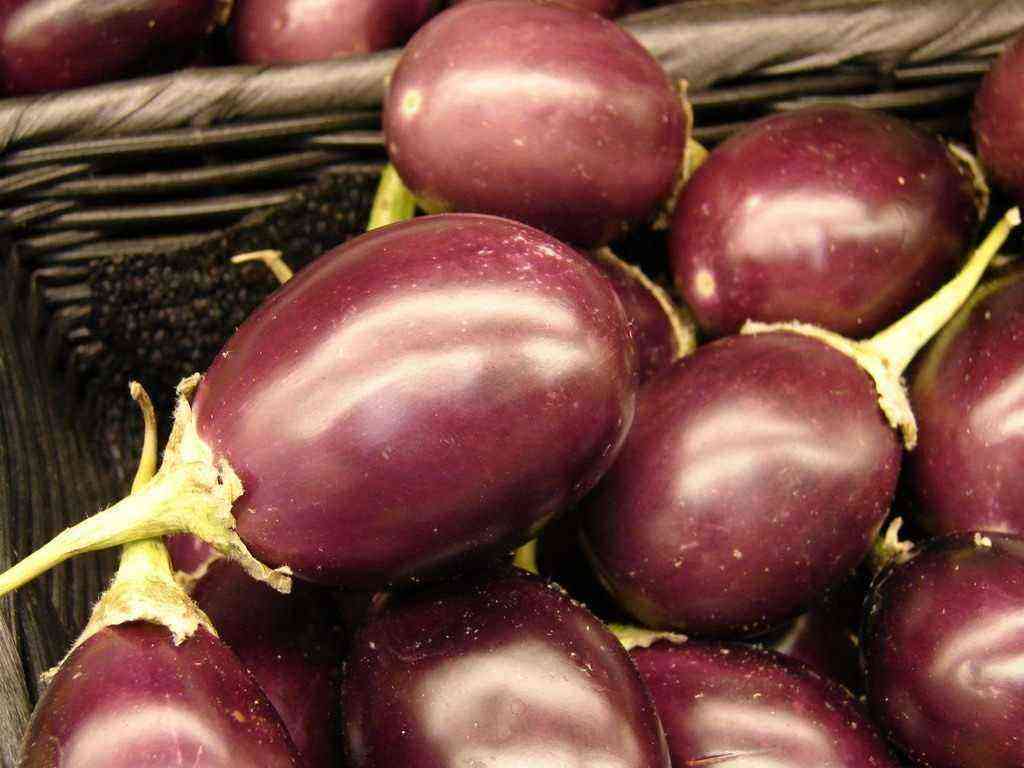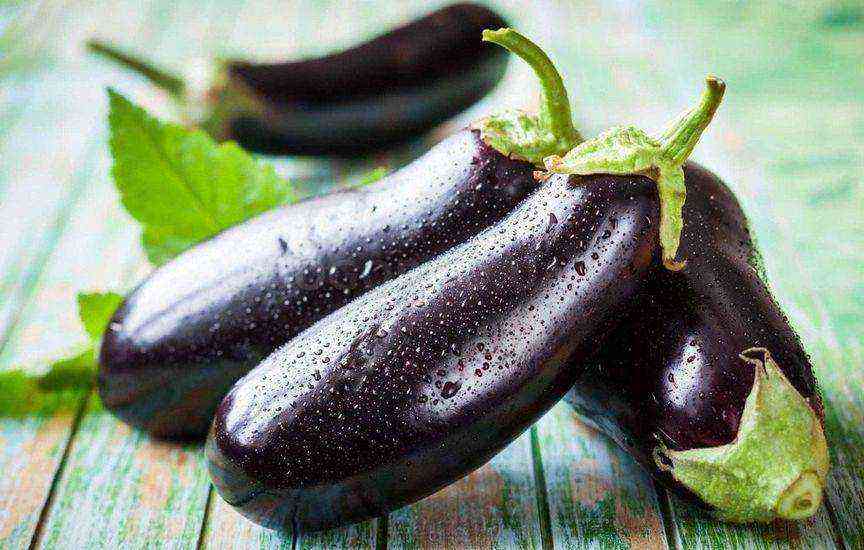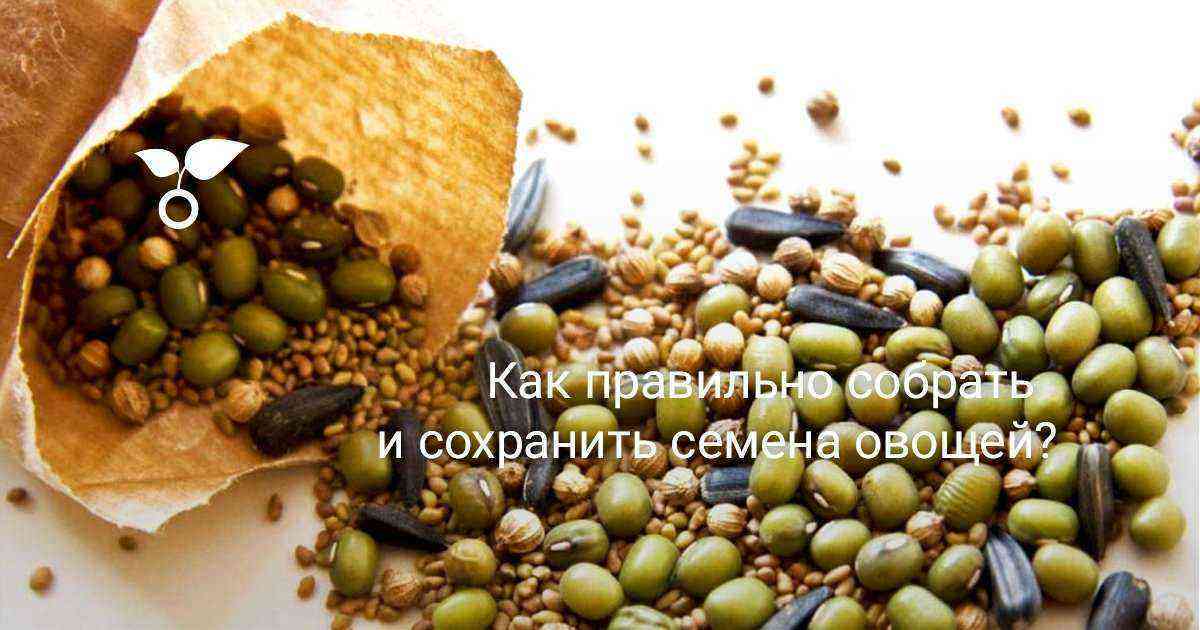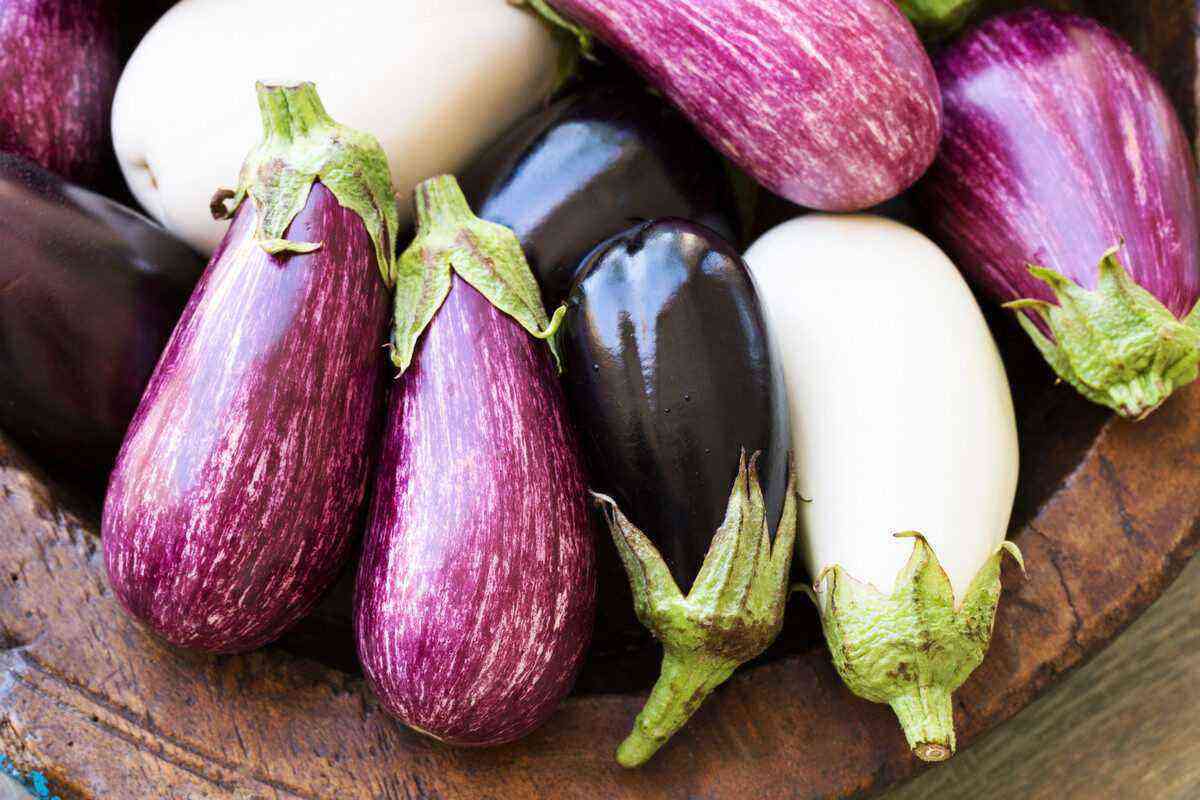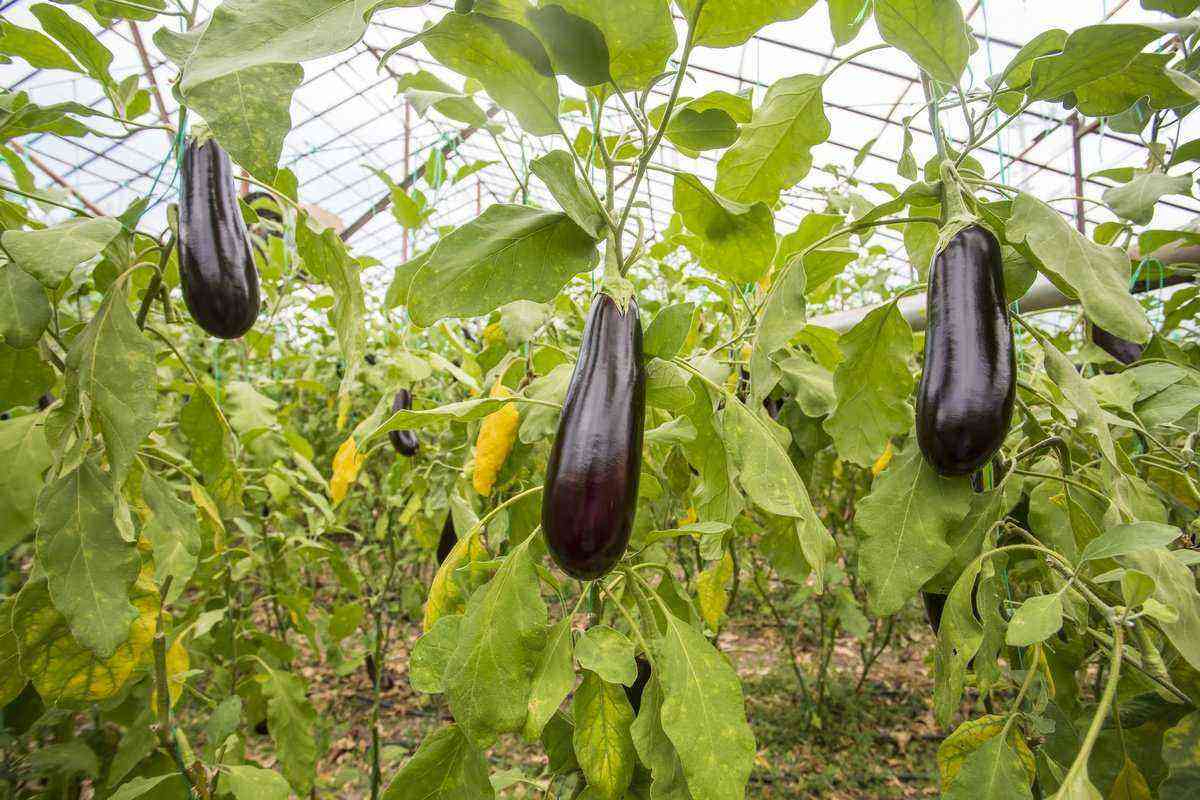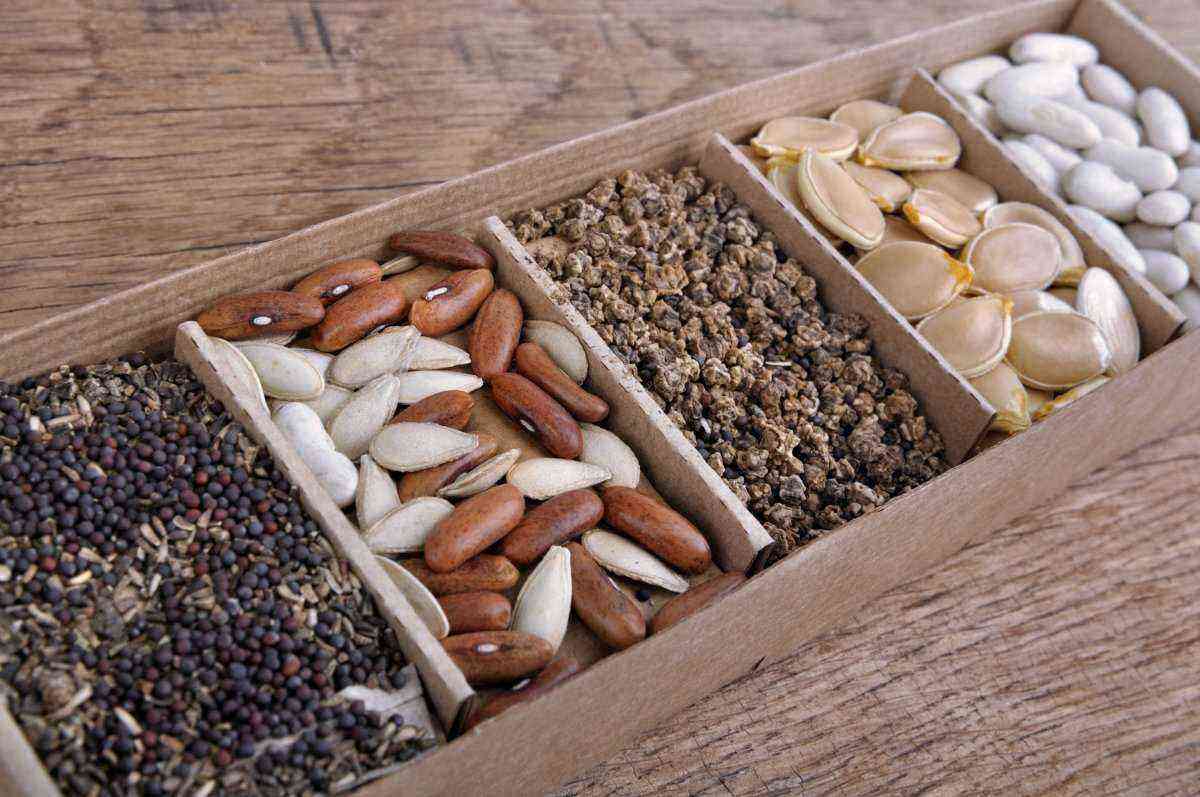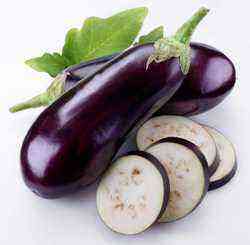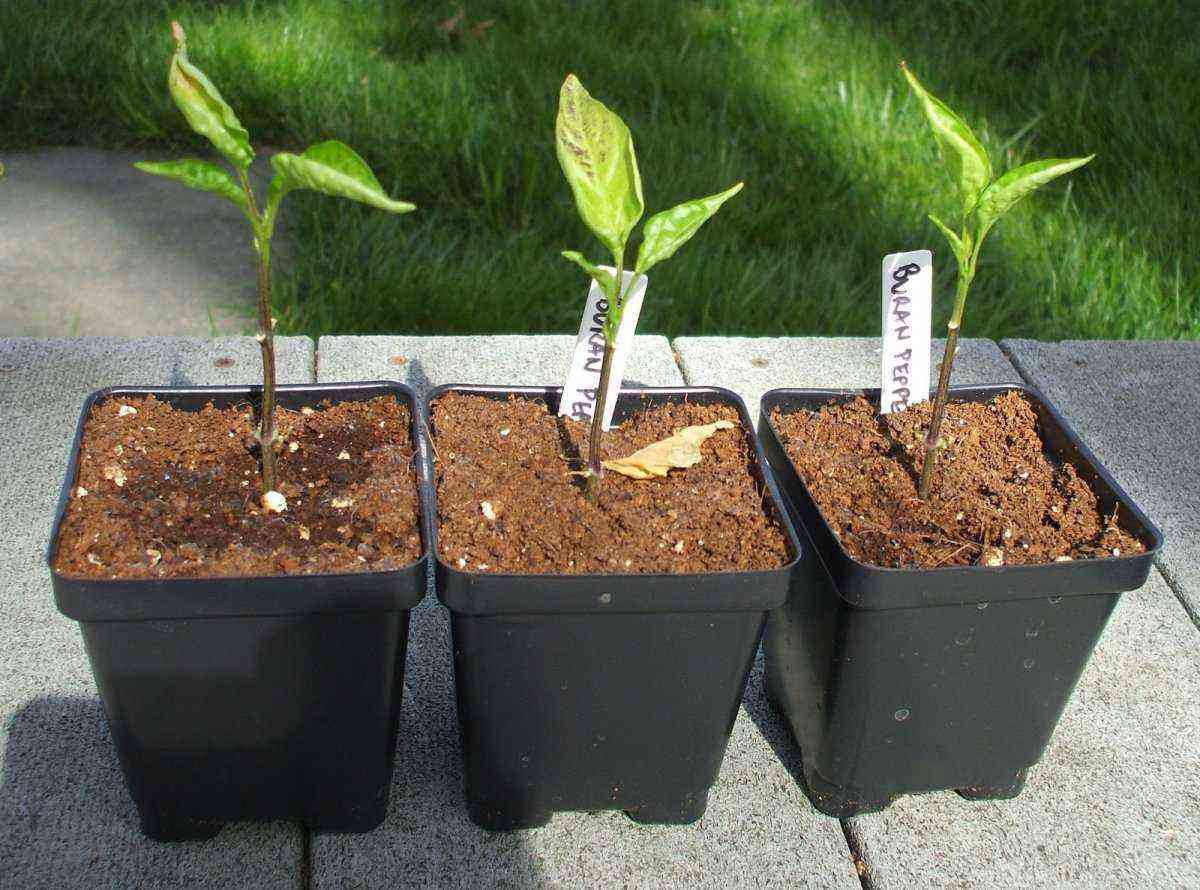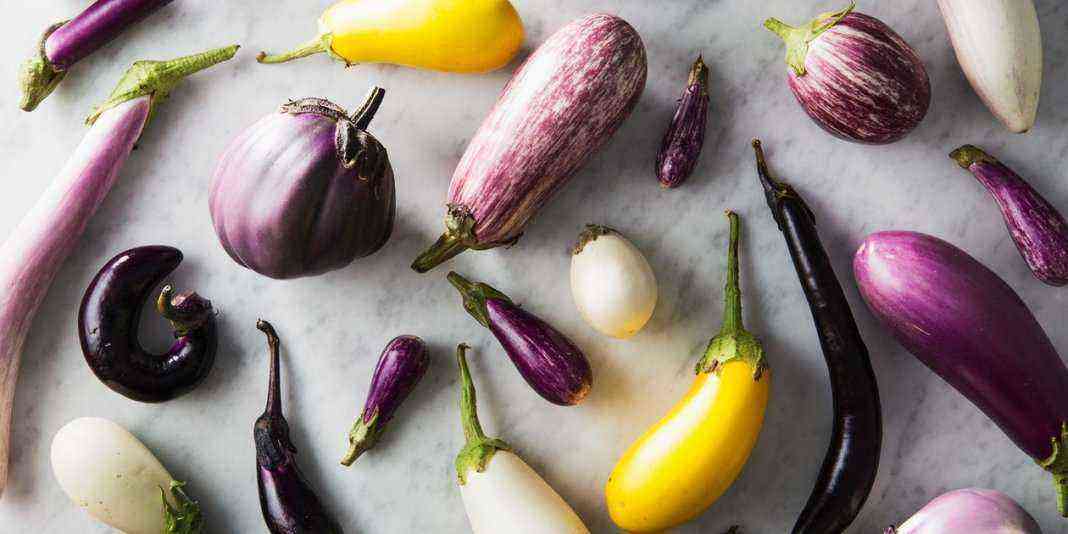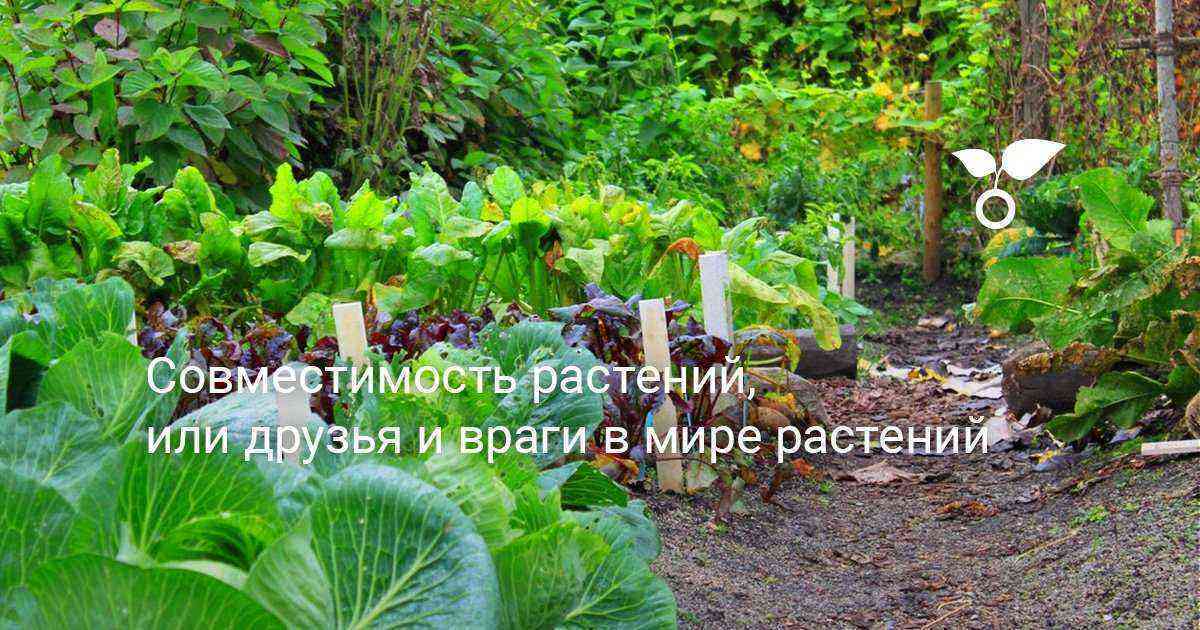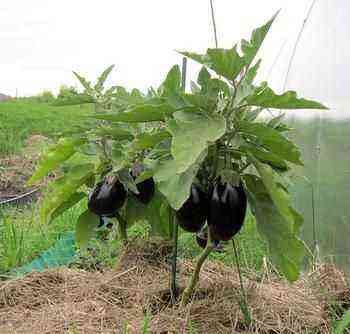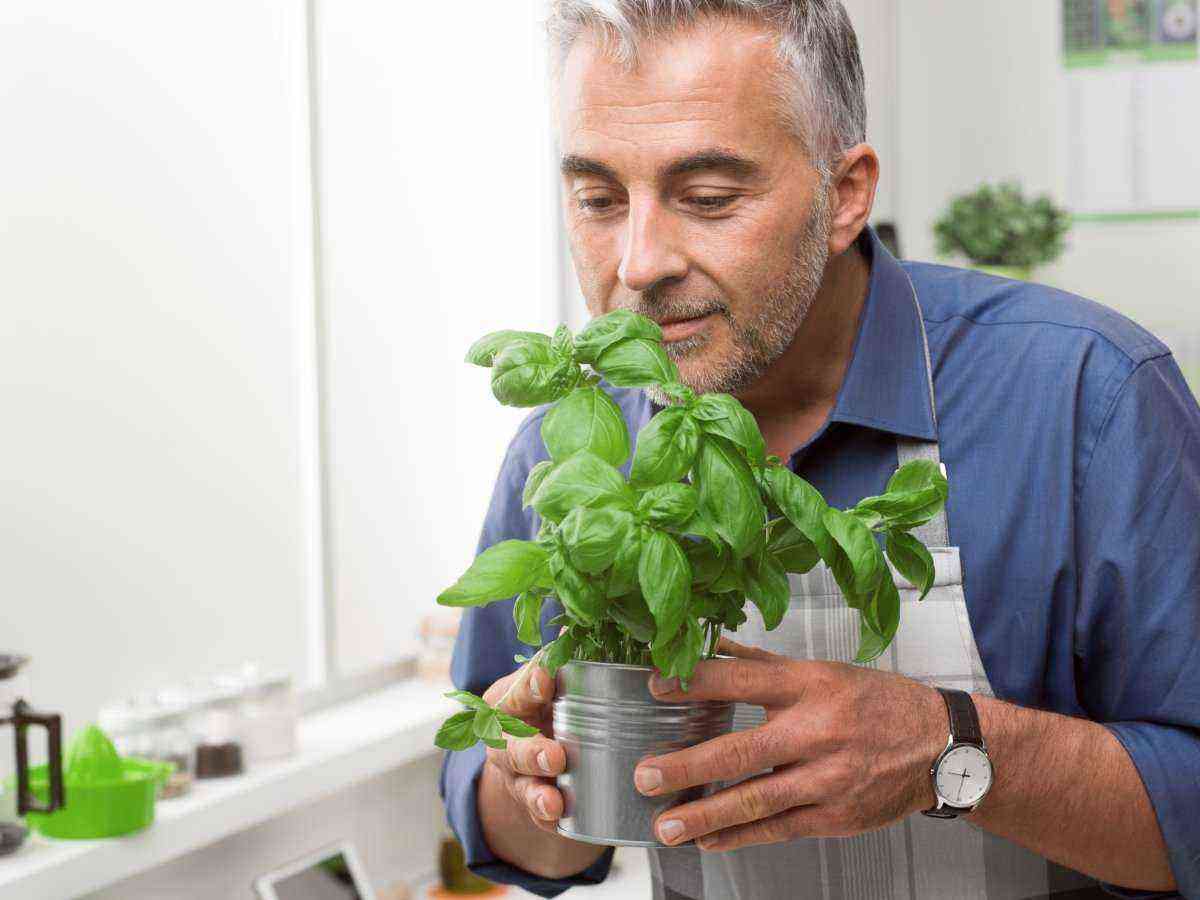Plants that are dangerous to humans can also be harmful to pets. This applies to cats, dogs, birds, guinea pigs, rabbits, hamsters – that is, everyone who is allowed to move around the apartment, garden or garden. If urban domestic cats are not allowed to walk outside every day, where they can satisfy the need to eat grass, then they begin to nibble on plants in the apartment, including poisonous ones. When eating, for example, dieffenbachia or milkweed, the animal can get severe poisoning, even death. From what plants you need to protect our pets at home and on the street, we will tell in the article.

Contents:
Why are some plants dangerous to animals?
The assertion that animals instinctively feel what is good for them and what is bad is wrong. Over the years of coexistence with humans, pets have lost their natural ability to recognize what is good for them and what is poisonous to them. For cats, be sure to put a tray of grass on the windowsill. To do this, you can sow oats or purchase a special mixture of herbs at the pet store.
They are happy to gnaw on the harmless cyperus, which has the strength to constantly replace damaged stems with new ones. Thorny plants especially often injure animals. How often, when hunting for flies, cats catch thorns instead of prey! Small wounds can take several weeks to heal. It often happens that dogs injure themselves, for example, on the points of an agave.
Feathered pets can suffer from the sharp thorns of cacti. Fertilizers can also become dangerous for dogs and cats if the water in which they are dissolved is not completely used. After all, quadrupeds lap up any water with pleasure. Also dangerous are plants treated with chemicals. Those plants that are poisonous to humans are also dangerous to animals.
How to protect pets from dangerous plants?
To protect pets, it is necessary to remove plants with poisonous organs from the reach. Cats will be scared away by orange or lemon peels laid out on a window sill with flowers, you can also spray the plant with water containing lemon juice.
The first signs of poisoning are vomiting, diarrhea, and abdominal pain. If you are sure that the animal has been poisoned by eating a poisonous plant, it is advisable to induce vomiting by pouring water into the mouth and contact your veterinarian immediately.
The following plants are dangerous (to some extent) to small pets.
Some plants, like oleander, cause instant death, others can have negative effects on various organs of animals, so it is better to remove them away.
Prevention is to ensure that pets kept strictly at home never have a lack of vitamins (they, as a rule, try to make up for them by eating houseplants). When traveling out of town, you should exclude contact of your pets with plants that pose a threat to their health (at least do not grow them on your plots or remove them as weeds).
In early spring, it is useful to sow oats at home, the sprouts of which contain a whole range of vitamins and other useful substances. Cats willingly eat these fresh sprouts. It is good to add finely chopped greens of leaf lettuce, dill and parsley to food. In addition, plants such as tradescantia, chlorophytum and cacti (with spines removed) are considered quite edible and safe.

List of plants dangerous to pets
Adox:
Amaryllidaceae:
- Amaryllis (Amarallis)
- Narcissus
- Snowdrop
aroids:
- Arizema trifoliate
- Dieffenbachia
- Caladium
- Calla (Ethiopian calla)
- Lysichitum (Lysichiton) American
- Malanga
- Philodendron
- Ethiopian Cantedescia
Astrological:
- cocklebur
- Groundsel (Senecio)
- Mug
Banana:
- Heliconia metallica (bird of paradise)
Euonymous:
pulse:
- Abrus
- Acacia
- Acacia Mansa
- Astragalus
- horse beans
- fodder beans
- mescaline beans
- soy beans
- Cooper dioecious
- Sweet peas
- Lupine
- Broom (golden rain)
- Lima beans
- fire beans
- caesalpinia the most beautiful
beech:
Burachnikovye:
- Ankhuz
- Heliotrope european
Verbena:
Heather:
- Azalea
- Podbel (Andromeda)
- Rhododendron
Lupus:
hyacinths:
hydrangeas:
Buckwheat:
mushrooms.
Dennstedtiev:
Smokey:
honeysuckle:
Cereals or bluegrass:
- corn on the cob
- Sorghum
- Sudan grass (Sudanese, Sudanese sorghum)
Umbrella:
- Azhgon
- Hemlock
- Coriander (cilantro)
- Parsley
Cabbage:
Iridescent or Iris:
cypress:
Cypress:
Maple:
Bellflower:
hemp:
nettles:
Cruciferae:
Buckthorn:
Kutrovye:
Laurel:
- Avocado
- Laurus
- Laurel mountain
Lakonosovye:
Lianas:
lily:
- Colchicum splendid
- Colchicum autumn
- Lily of the valley
- Hellebore common
- Moonseed
Buttercup:
- Aconite tubers, (wrestler)
- Actea
- Larkspur (Delphinium, Spur)
- Marsh marigold (primrose true or pharmacy)
- Clematis (Lomonos)
- Buttercup
poppy:
- Argemon mexican
- Sanguinaria canadensis (Bloody root)
Malvaceae:
- Brachychiton (Fire tree)
- Cocoa
Madder:
- A coffee tree
- Coffee beans
Olive:
- Privet
- Jasmin
- Jasmine yellow
Myrtle:
- Eucalyptus
- Euphorbia:
- palmcrist
- Milkweed
- Euphorbia the most beautiful (poinsettia)
- Hura cracking
Niktaginovye:
Holly:
Nightshade:
- Eggplant
- Henbane
- Datura ordinary
- Potatoes
- Mandrake
- Tobacco
- Fizalis
Plantains:
Pink:
Boxwood:
Santal:
Sapindaceae:
Sumac:
Yew:
Fatty:
- Kalanchoye felt
- Kalanchoe
horsetail:
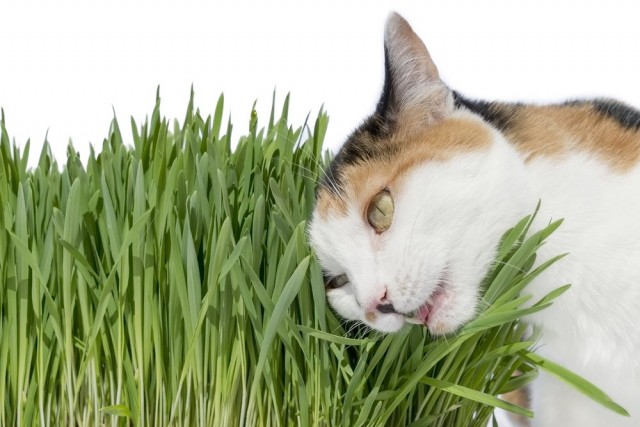
Particularly poisonous plants for animals and children
Unfortunately, some indoor plants contain poisonous substances. People who care for them in the usual way may not even be aware of this – after all, they are completely safe until you try to put them in your mouth. But try to explain to your cat or guinea pig that the plant in this pot is inedible!
Both for pets and for small children, any plants from the family of amaryllis, aroid, kutra, nightshade, euphorbia are dangerous. Wavy parrots, for example, just peck at such plants a little, as their digestion is disturbed and blood pressure rises.
Plants whose excreted substances irritate the skin and mucous membranes are also undesirable. These are ivy, shefflera, primrose, cyclamens.
But not only potted, but also cut flowers can be poisonous! Even in a vase, it is undesirable to put bouquets of tulips, hyacinths, daffodils, carnations, lilies, gypsophila, milkweed or hellebore if there are animals or small children in the house.
Amaryllidaceae
Amaryllis is not as dangerous to its environment as other plants – poisonous substances are concentrated in their bulbs or tubers. However, it is still better to remove plants such as hippeastrum, clivia and gemantus away from domestic “rodents”.
Aroids
Representatives of the aroid family are often found in our homes. These include dieffenbachia, aglaonema, alocasia, anthurium, caladium, epipremnum, syngonium, monstera, philodendron, spathiphyllum, zantedeschia, zamiokulkas. All these plants contain substances that irritate the skin and mucous membranes.
Kutrovye
The milky juice of plants from the kutrov family is dangerous for both people and pets. Therefore, keep away from small children and animals plants such as mandevilla, adenium, allamanda, catharanthus, pachypodium.
Euphorbia
The milky juice of milkweed irritates the skin and mucous membranes. Keep them out of the reach of children and pets, and be sure to wear gloves when handling them. Euphorbia includes such popular indoor plants as croton, jatropha, akalifa, spurge, poinsettia.
Nightshade
The shiny and bright fruits of ornamental pepper attract the attention of both dogs and cats. Wishing only to play with plants, they will not fail to try them by mouth. However, all parts of plants from the nightshade family contain toxic substances. This applies not only to ornamental peppers, but also to annual browallia, tirelessly blooming brunfelsia and other ornamental nightshade species.
